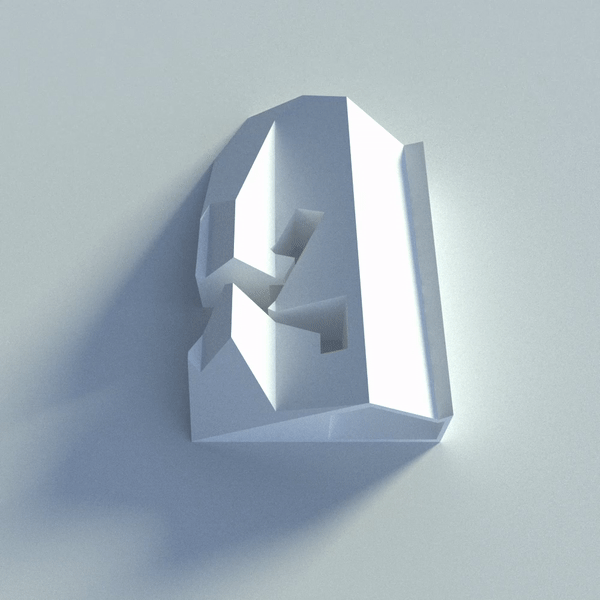FORMS OF MEMETICS
Recently there has been an awakening to the presence and power of symbols. Across the country conversations are being had on whether these symbols have a place in our society. These symbols have been mostly in the form of statues that represent transgressions perpetrated throughout history against certain ethnic groups. The movement against such symbols is led by groups who typically stand against, among other things, colonialism. The residential typology in suburbia is saturated with this language as most aesthetic styles adopted by developers are rooted in colonial European. This begs the question, why stop at statues when the built environment has so much more to offer for outrage?
The zeitgeist is calling on speculation for an alternative architectural language bare of historic baggage. However, one would be naïve to discount the value and power of nostalgia. Memetics have become a powerful too for communication by echoing allegorical themes in other contexts, typically found in pop culture. This speculation on an alternative language finds its traction on this idea of incremental evolution of cultural symbols. In the process of ridding negative connotations, it is necessary to locate the threshold between a symbol’s traditional meaning and when it sheds that meaning to project something else. That threshold is in the divorce between form and articulation.
This approach offers an ontology of the architectural object understood at a larger scale since the abstinence from articulation forces any expression to more narrowly focus on massing. Consequently, issues of space and circulation, and configurations that project at an urban scale take precedence. The memetic phenomenon happens with the preservation of geometric features at the massing scale but subverting their relation to the massing with configuration criteria beyond those of a pragmatic nature

